*The following content is presented as an opinion piece and does not necessarily reflect the views or opinions of Reqiq Data and Insights. The purpose of this piece is to encourage open discussion and dialogue, and readers should exercise their own judgment and discretion when interpreting the content.
When I was a kid, I remember Jolly Juice or a bottle of Pepsi being prized rewards for good grades and good behavior. My father would dole out two one-birr notes from his wallet, expecting a change of 50 cents, to buy me my favorite— Coca-Cola. It was a straightforward transaction, a small pleasure in a bustling city. However, as I look back now, I realize that the innocence of those moments masked the turbulent economic undercurrents that were shaping and would continue to shape Ethiopia in the years to come. The volatility of our economic state, with its rampant inflation and the emergence of complex economic issues manipulated by actors with varying agenda, would soon reveal its impact on our day-to-day lives, altering the very fabric of our society. Instead of a commentary on the macroeconomics of the country for which I am ill-equipped, allow me to reflect on the often overlooked yet main acts of this story: the day-to-day lives of day-to-day Ethiopians.
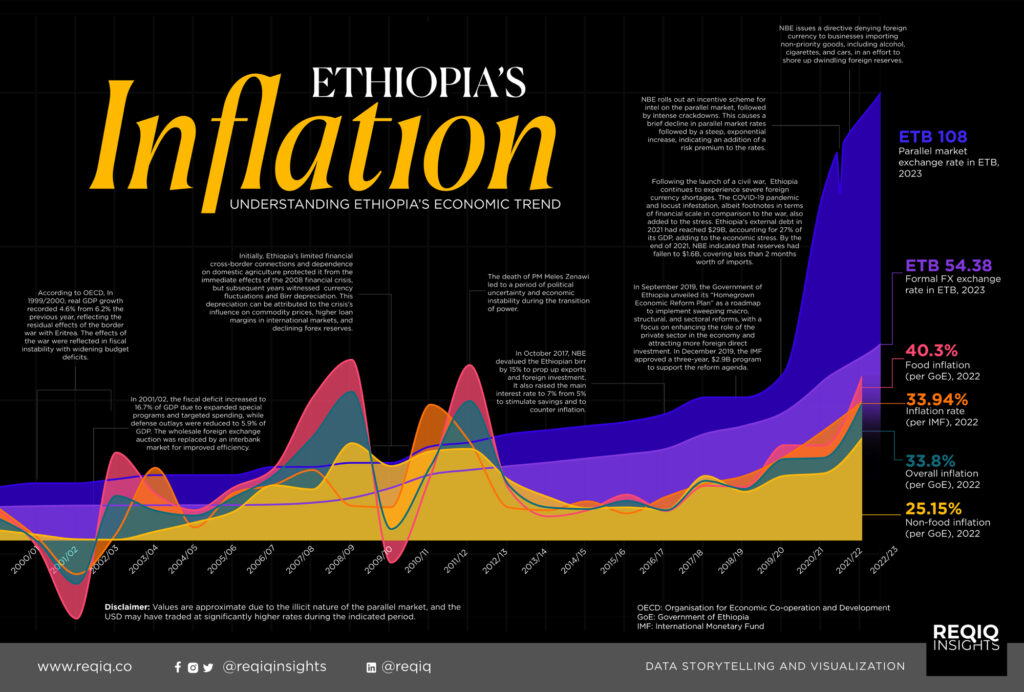
In the vibrant tapestry of Ethiopia’s history, one thread stands out conspicuously—a persistent dance with economic volatility that has plagued the nation for decades. Like a fierce storm that refuses to dissipate, the Ethiopian economy has experienced tumultuous highs and debilitating lows, leaving its citizens in a never-ending cycle of uncertainty.
The Dance of Inflation
Inflation, that silent predator of purchasing power, has long been a shadow companion to the Ethiopian population. It slithers through the marketplaces, grasping the wallets of hardworking individuals with an iron grip. The cost of necessities like food, shelter, and healthcare escalate at an alarming pace, outstripping the growth of income. We ask about essentials like cooking oil or soap with butterflies in our stomachs, “ዋጋው ስንት ነው?” [“What’s the price?”]. Families find themselves caught in a disheartening tango, as their hard-earned Birr seems to evaporate into thin air, leaving them struggling to make ends meet. This struggle within the ever-dwindling middle class has birthed the eleven-five. A late breakfast at 11 AM followed by an early dinner at 5 PM— WHO-recommended three meals per day be damned. Dreams are deferred, aspirations extinguished, as the relentless surge of prices chips away at the hopes of a better tomorrow. A common ad-lib— “Cash is king”— becomes a joke. Tying cash to assets becomes the only form of sustainable wealth and one that is limited to a lucky few.
A Market Darker Than Black
Parallel foreign exchange markets, the enigmatic twins of Ethiopia’s economic landscape once limited to the Fil’Wuha area, have now taken over the nation, adding yet another layer of complexity to the daily lives of its citizens. In a country where highly regulated official exchange rates fail to mirror the reality on the ground, a clandestine network of currency traders emerges, with a risk premium to match, carving a parallel economy with its own rules. The average Ethiopian, facing restricted access to foreign currency, navigates a labyrinthine system to secure funds for essential imports. The resultant black market fluctuations breed uncertainty, making planning for the future an arduous task. From business owners seeking to import goods to mothers longing for quality formulas for their infants, the elusive nature of foreign exchange becomes a persistent specter, dampening the spirits of the hopeful.
The Human Toll
Behind the statistical abstractions and economic theories lie the stories of ordinary Ethiopians whose lives are profoundly shaped by these tumultuous economic forces. It’s the story of a mother gazing longingly at the fruits she can no longer afford to feed her children, the anguish of a farmer watching his labor yield meager returns due to rising input costs, and the frustration of an importer whose dreams of remain unfulfilled due to the scarcity of foreign currency. These atop the existing heartaches— wars that left us emotionally and psychologically traumatized, unrest, and lawlessness. These stories, interwoven with the fabric of Ethiopia’s collective consciousness, narrate the human toll of an economic state plagued by volatility.
The volatility of Ethiopia’s economic state, with its rampant inflation, casts a long shadow over the daily lives of its citizens. This cloud has persisted for so long that it’s become part of the norm; it’s part of us now. The dance with uncertainty affects individuals and families across the nation, eroding dreams, dampening aspirations, and inflicting hardships that extend far beyond economic statistics. Understanding the human cost of this economic rollercoaster is crucial, as it brings to light the urgent need for sustainable solutions that prioritize stability, empowerment, and the well-being of the Ethiopian people. Only then can the tale of Ethiopia’s economic journey take a turn towards a brighter, more prosperous future for all.

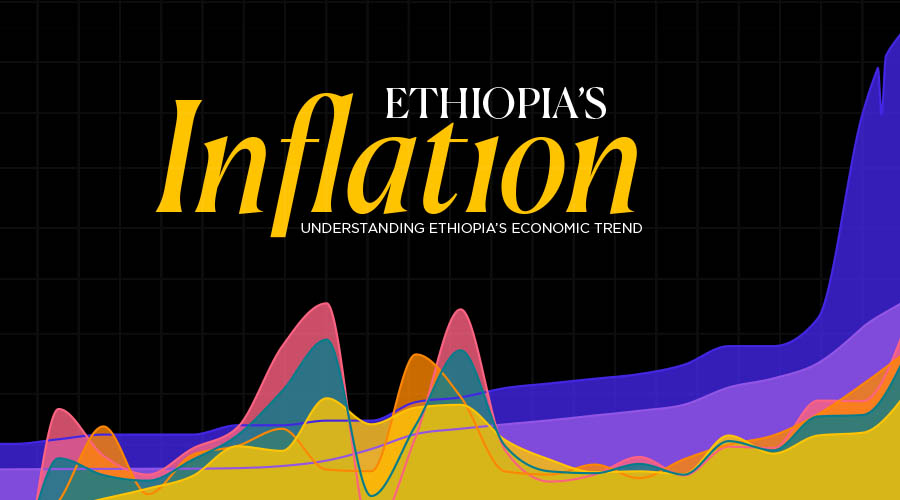
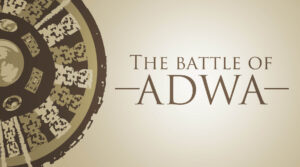
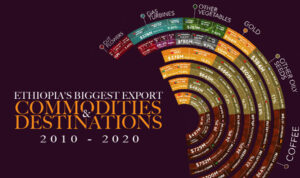

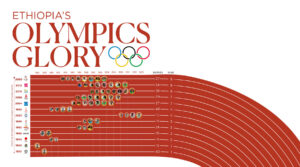

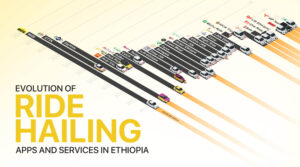

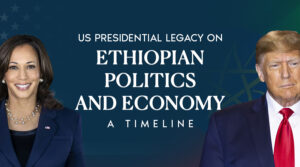
2 Responses
as the name of this website defined the data visualization and the analysis are Reqiq, And I would like to ask questions instead of commenting.
I am a little bit familiar with data visualization tools like tableau and Power BI, and I would like to know by which visualization tool is made this breathtaking dashboard?
Thank you very much for your thoughtful comment. All of our visualizations are built mostly on Adobe Illustrator or Photoshop. We do use other visualization tools such as Flourish and RawGraph 2.0 to gain inspiration and structure.